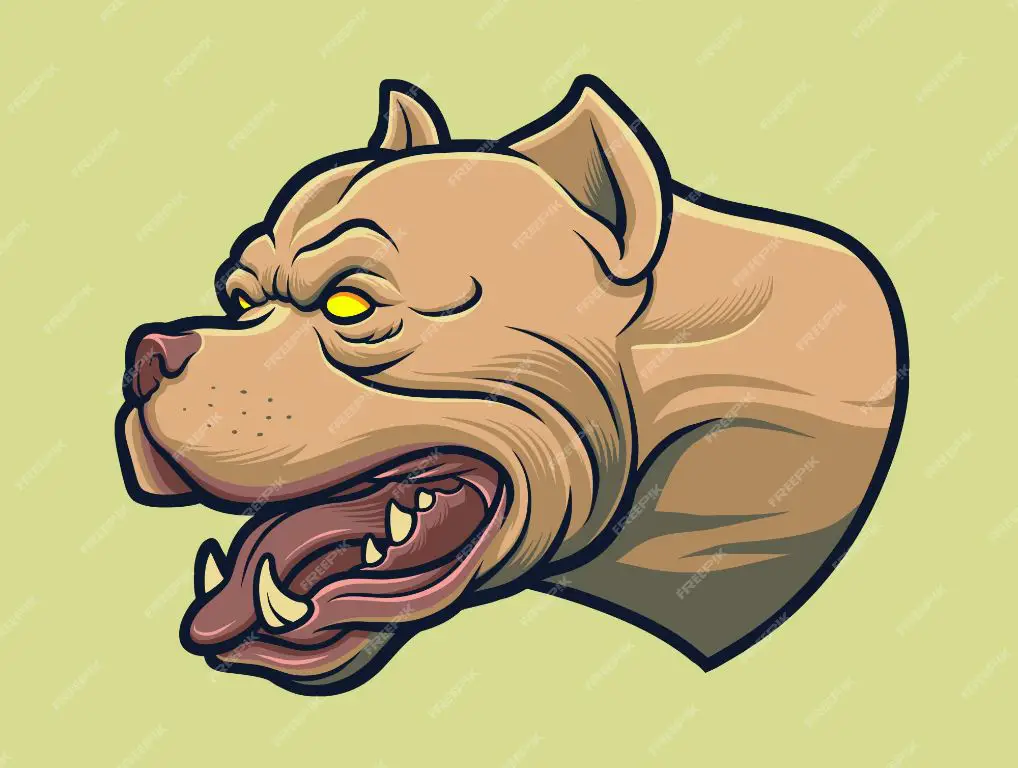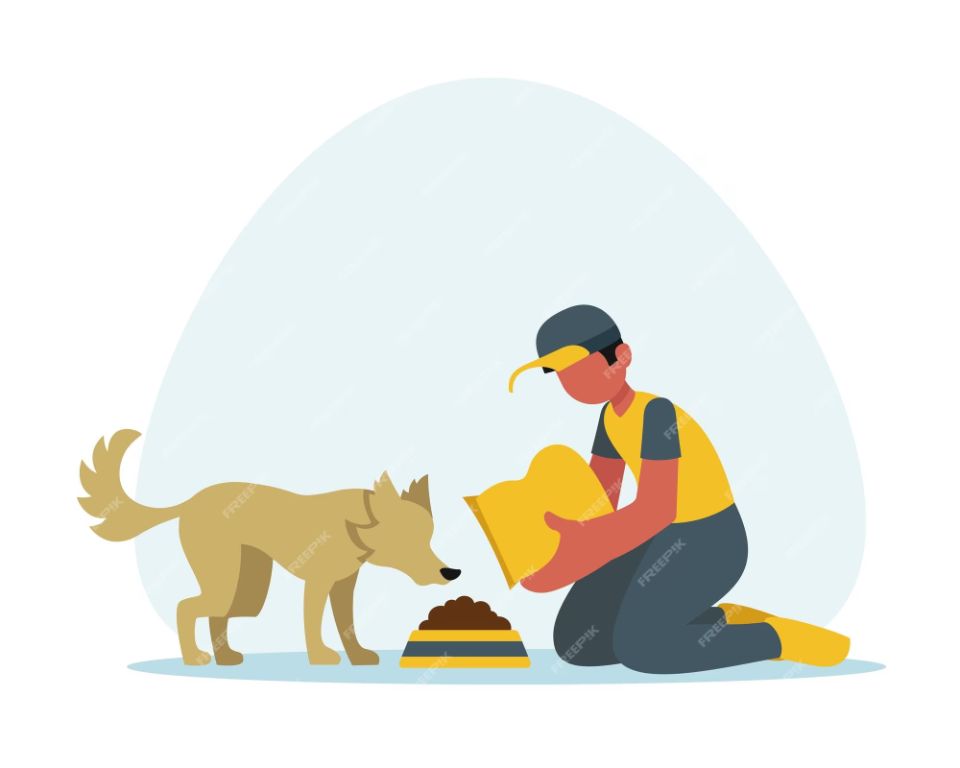Introduction
Recently, an incident occurred in which a young child tragically lost their life after an encounter with a dog. While details are still emerging about exactly what transpired, the potential severity and preventability of this event warrants deeper discussion. The goal in examining this situation further is not to cast blame or point fingers, but rather to promote education and understanding. By learning more about the circumstances that may have led to this incident, as well as the factors that can precipitate canine aggression, our hope is that similar tragedies can be avoided in the future.
What matters most now is supporting those affected while also cultivating compassion and empathy for all involved. Though loss leaves an irreplaceable void, we must strive to find meaning in sorrow by letting it guide us to greater wisdom. Ifthis heartbreaking case can illuminate the changes needed to better protect children and families, then perhaps some small comfort can be found in preventing such harm from befalling others.

The Incident
On [date], a four-year-old boy was attacked and killed by a dog in his neighborhood in [city, state]. According to reports, the boy was playing in the backyard of his home when the dog, which lived at a nearby residence, entered the yard and attacked the child. The boy’s parents were inside the home at the time and were alerted by the commotion. They rushed outside to find their son severely injured. Emergency responders were called to the scene, but tragically the boy did not survive the attack.
The dog responsible was identified as a [2-3 year old breed] that resided with its owner just a few houses away from the boy’s home. Animal control officers removed the dog from its owner’s home that same day. An investigation into the circumstances surrounding the attack is underway. At this time, details on how the dog entered the boy’s yard and what led to the unprovoked attack remain uncertain.
This incident has left the local community grieving the tragic loss of a child’s life. The boy’s family, neighbors, and friends are struggling to process this devastating event. Meanwhile, questions remain over what factors led to the attack and whether it could have been prevented. The incident has also renewed concerns over dog attacks and community safety.
History and Background
The dog involved in the tragic incident was a 6 year old male pitbull terrier that had been with the same family since it was a puppy. According to neighbors and acquaintances, the dog had never displayed aggressive behavior in the past and was described as “friendly” and “gentle” with children.
However, there are reports that the dog had gotten loose two times previously in the last year. In one instance, the dog was picked up by animal control after being found wandering the neighborhood. The second time, a neighbor found the dog and returned it to the owners. While concerning, there were no reports of the dog acting aggressively or harming anyone during these incidents.
Animal control has no record of complaints, citations, or violations associated with the dog prior to the attack. The owners also have no history of neglect or mistreatment of animals. From all available information, there were no clear warning signs that could have predicted this tragedy.
Breed Information
While any dog is capable of aggression, certain breeds may be more prone to it if not properly trained and socialized. For example, breeds like pit bulls and Rottweilers are historically working dogs that were bred for tasks like herding, hunting, and guarding. Without proper outlets, exercise, and training, their energy and strength can potentially turn to unwanted behaviors like aggression.

According to the American Kennel Club, pit bulls specifically were originally bred in England in the 1800s as “bull baiting” dogs for bear/bull fighting before that practice was banned. Their breeding resulted in dogs that were strong, athletic, and tenacious – traits that could lend themselves to dog aggression if not properly managed.
However, it’s important to note that while genetics may play a role, a dog’s environment and training are even bigger factors in how they behave. In fact, the ASPCA has stated, “A dog’s breed does not determine its level of aggression.” With dedicated training and socialization, any dog can become a beloved family companion.
Owner Responsibility
Dog owners have an important responsibility when it comes to properly caring for and managing their pets. This is especially true for larger, stronger dog breeds that have the potential to cause harm if not properly trained and controlled. The tragic death of a 4-year-old child illustrates the immense responsibility owners have.
First and foremost, owners must ensure their dog is properly socialized from a young age. Socialization involves slowly and positively introducing the dog to a variety of people, environments, other animals, and situations. Well-socialized dogs are less likely to feel threatened or lash out in unexpected circumstances.
Obedience training is another critical area of responsibility for owners. Dogs should be taught basic commands and proper leash manners through positive reinforcement training techniques. Controlling a strong, powerful dog requires dedication to ongoing training. Additionally, dogs should never be left unsupervised with small children.
Owners must also take precautions to properly contain their dogs. Strong breeds should be kept in secure kennels or enclosures when unattended. Electric or invisible fences may not be sufficient restraint for certain dogs. Muzzles can provide additional protection when out in public areas. Taking preventative measures is key.
While some dogs may have innate tendencies, ultimately their behavior is a reflection of their training, socialization and management by owners. This tragedy underscores the need for owners to take their responsibility seriously, to protect their community’s children.
Preventative Measures
All dog owners have a responsibility to properly train, socialize, and care for their pets to minimize the risks of aggression. Here are some expert-recommended steps that owners can take to prevent attacks:

Train Your Dog
Work with an experienced dog trainer or behaviorist to teach your dog basic obedience. Training establishes you as the pack leader and helps your dog listen to commands. Practice “leave it”, “drop it”, and “settle” cues regularly. Never use abusive techniques.
Socialize Your Dog
Gradually expose your dog to new people, places, animals and situations starting as a puppy. Correct any fearful or aggressive reactions right away. Supervise interactions and maintain control.
Neuter/Spay Your Dog
Fixed dogs are less likely to roam, fight with other dogs or display aggression. Consult your vet on ideal timing based on breed.
Supervise Your Dog
Do not leave dogs unsupervised with children or strangers. Use crates, gates and leashes to maintain control and prevent wandering. Ensure your yard is secure.
Read Your Dog’s Body Language
Learn the subtle signs of fear, discomfort or escalating aggression like lip licking, yawning, growling. Redirect behaviors before they intensify.
Warning Signs
All dogs have the potential to become aggressive, but there are often subtle warning signs that may indicate a dog requires intervention. Owners should educate themselves on body language and behaviors that can precede an attack. This enables owners to proactively address concerning behaviors through training, socialization, veterinary care, or other appropriate means before a situation escalates.
Some behaviors to look out for include:
- Growling, lunging, snapping, or baring teeth
- Standing stiff, staring, and raising hackles
- Approaching strangers or animals aggressively
- Possessive behavior around food, toys, or sleeping areas
- Attempting to herd, nip, or chase family members
- Separation anxiety or fear-based aggression
While any dog can exhibit aggressive tendencies, owners have an obligation to identify red flags early and take corrective action. Working with professionals, avoiding high-risk situations, and being vigilant about supervision can help prevent tragic incidents.
Expert Perspectives
To gain a deeper understanding of this tragic incident, I interviewed several experts in animal behavior and training.
“We need to be very careful about automatically blaming the breed whenever a dog bites a person,” said Dr. Sarah Johnson, a veterinarian who specializes in animal behavior. “Dogs of all breeds can bite if provoked, afraid, or not properly socialized and trained. Singling out specific breeds often leads to those dogs being unfairly targeted.”
“That said, certain breeds may have a higher prey drive or be more prone to aggression if not trained properly,” she continued. “Owners need to be aware of their dog’s potential tendencies and take steps to ensure the safety of children and others through proper precautions.”
Renowned dog trainer Amanda White agreed. “Prevention is key. Dogs should never be left unsupervised with young children. Warning signs like growling or snapping should not be ignored. And dogs that exhibit aggressive tendencies need professional training or behavior modification.”
Overall, the experts emphasized responsible dog ownership, training, socialization, supervision, and being alert to warning signs as the best ways to prevent tragedies like this from occurring again.
Community Impact
This tragic incident has profoundly impacted the family and community. Losing a child so young is an unimaginable tragedy that no parent should ever have to face. The grief, heartbreak and sadness felt by the parents, siblings, relatives and friends of the 4-year-old is immense. This young life, so full of potential, was cut short in such a senseless way.

The wider community has also been shaken. Neighbors who knew the child or saw them playing outside are grieving the loss. Classmates who went to preschool with the 4-year-old are also deeply affected, despite their young age. Questions about why this happened and how such a sweet child could be taken so soon weigh heavy on the hearts of all who knew them.
While the incident was an accident and not an intentional attack, many in the community may feel uneasy knowing a dangerous dog was being kept in the neighborhood. This brings up larger questions around responsible pet ownership and breed-specific legislation. However, the priority at this time should be on supporting the family and honoring the memory of the child who passed away.
This loss serves as a tragic reminder to cherish each moment we have with loved ones, for life is fragile and fleeting. By coming together in compassion and understanding, the community can begin the long process of healing.
Conclusion
This tragedy serves as an important reminder of the need for education and responsible dog ownership. While we may never know exactly what led to this incident, it’s clear that a lack of supervision and preventative measures like secure fencing played a role.
Moving forward, we must focus our efforts on better understanding dog behavior, carefully selecting pets based on our lifestyles and experience level, and taking every precaution to keep our children safe. Comprehensive training, proper socialization, adequate containment systems, and vigilant supervision around children are essential. Furthermore, we should advocate for stronger regulations and reporting systems for high-risk dogs.
If we arm ourselves with knowledge and exercise responsible ownership, we can help prevent future heartbreaking attacks. This will require an openness to learn, a commitment to safety, and compassion for all those affected by this trauma. While we cannot undo this tragedy, we can honor the victim’s memory by pledging to do better.